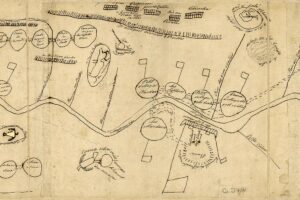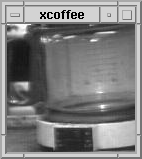The original Dewey Decimal System classifications for religion included a section on “Mohammedism”. The term was used by Christians until at least the middle of the 20th century to describe Islam, the assumption being that Muslims worshipped Mohammed in the same way that Christians worshiped Jesus. It was, to say the least, a profound misunderstanding of Islam.
 In a similar manner, Europeans regarded the topics of land ownership and community leadership in a manner that differed quite significantly from the people who inhabited the land that the Europeans wanted for themselves. Mapping “Indian Country” provides a glimpse into this tragic misperception. The map displays the complexity of a community connected to land, water, and people, but the leaders did not govern or control in the European sense. It wasn’t until much later that an individual in a tribe had the authority to sign a treaty and that the people affected by those treaties would live within designated geographical limits.
In a similar manner, Europeans regarded the topics of land ownership and community leadership in a manner that differed quite significantly from the people who inhabited the land that the Europeans wanted for themselves. Mapping “Indian Country” provides a glimpse into this tragic misperception. The map displays the complexity of a community connected to land, water, and people, but the leaders did not govern or control in the European sense. It wasn’t until much later that an individual in a tribe had the authority to sign a treaty and that the people affected by those treaties would live within designated geographical limits.




